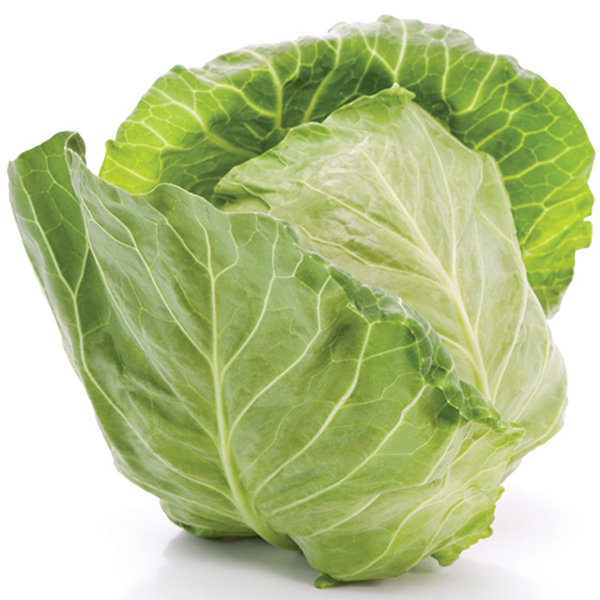
Cabbage makes up a slim percentage of organic produce sales, but its sales are rising slowly as prices hold steady. Although organic cabbage sales are small, they can still be a profitable piece of your organic produce strategy.
Organic cabbage’s most obvious time for promotion is in March near St. Patrick’s Day. Take the opportunity to create an entire organic display for St. Patrick’s Day with cabbage and organic corned beef.
Organic cabbage offers plenty of opportunity for cross-merchandising. Try marketing it with organic salad dressing and organic oriental vegetables.
Take aim at health-conscious consumers by promoting organic cabbage as a more nutrient-dense option for tacos or salads than lettuce. Include organic cabbage in fall soup displays. Promote organic cabbage heavily around Chinese New Year as a traditional filling for spring rolls.
Keep organic cabbage dry. Misting cabbage will contribute to an even shorter shelf life for cabbage. Place cabbage heads butt down to create a neat and orderly display.
Consider displaying organic cabbage next to its conventional counterpart. Just be sure to keep the two separated to avoid cross-contamination. Cabbage also works well with other organic cooking vegetables.
Consider including shredders on your display to encourage consumers to make their own organic slaw. Offer recipes and display organic cabbage near other organic slaw items like carrots.
Place green and red organic cabbage next to each other to create a striking color contrast.
Shipping
Green and red cabbage are most often shipped in 45-pound cartons. Napa cabbage is available in 30-pound cartons, and savoy cabbage is most often shipped in 35-pound cartons.
Grades
United States
U.S. No. 1
U.S. commercial
Handling
Heads with some outer leaves separated from the stem and held in place only by natural folding over the head may have an undesirable flavor or coarse texture.
Provide adequate ventilation. Cabbage loses moisture easily and will wilt if retained at room temperature. Cabbage may be tightly wrapped and refrigerated for about a week.
Temperature: 32 F, 0 C
Relative humidity: 98-100%
Mist: yes
Typical shelf life: 90 to 180 days
Ethylene-sensitive. Do not store or transport with commodities that produce ethylene.
Odor-sensitive. Do not store or transport with commodities that produce odors, such as apples and pears.